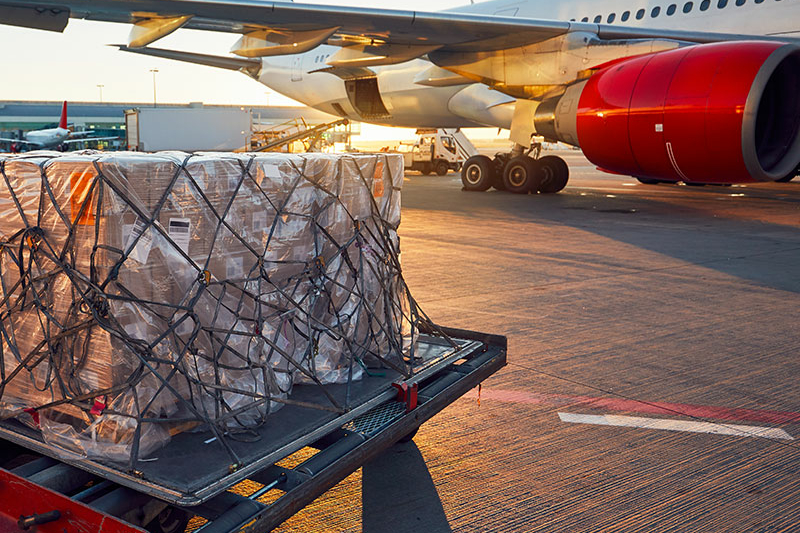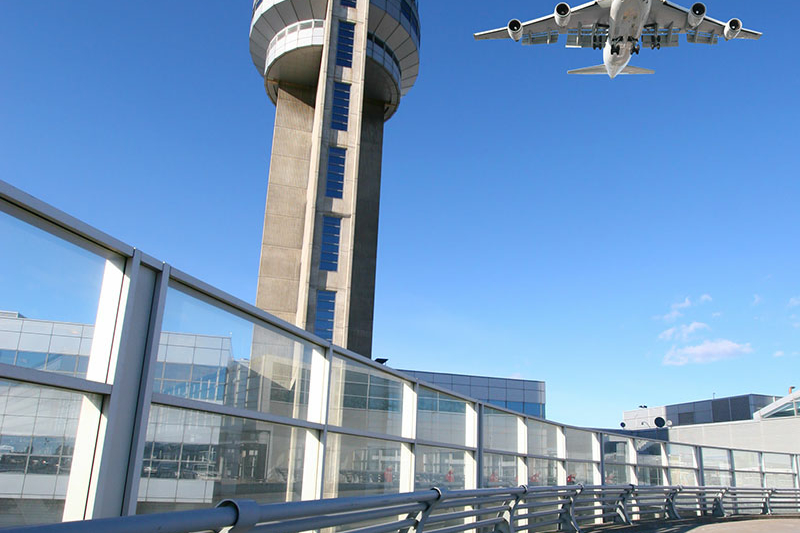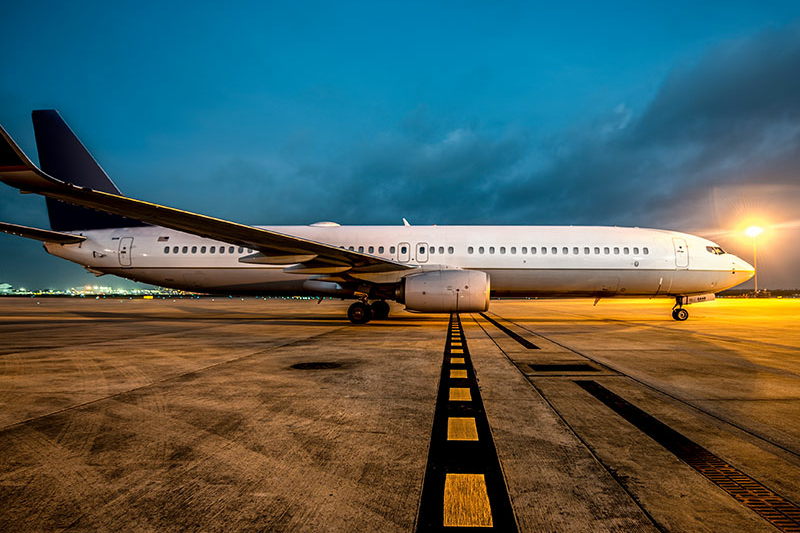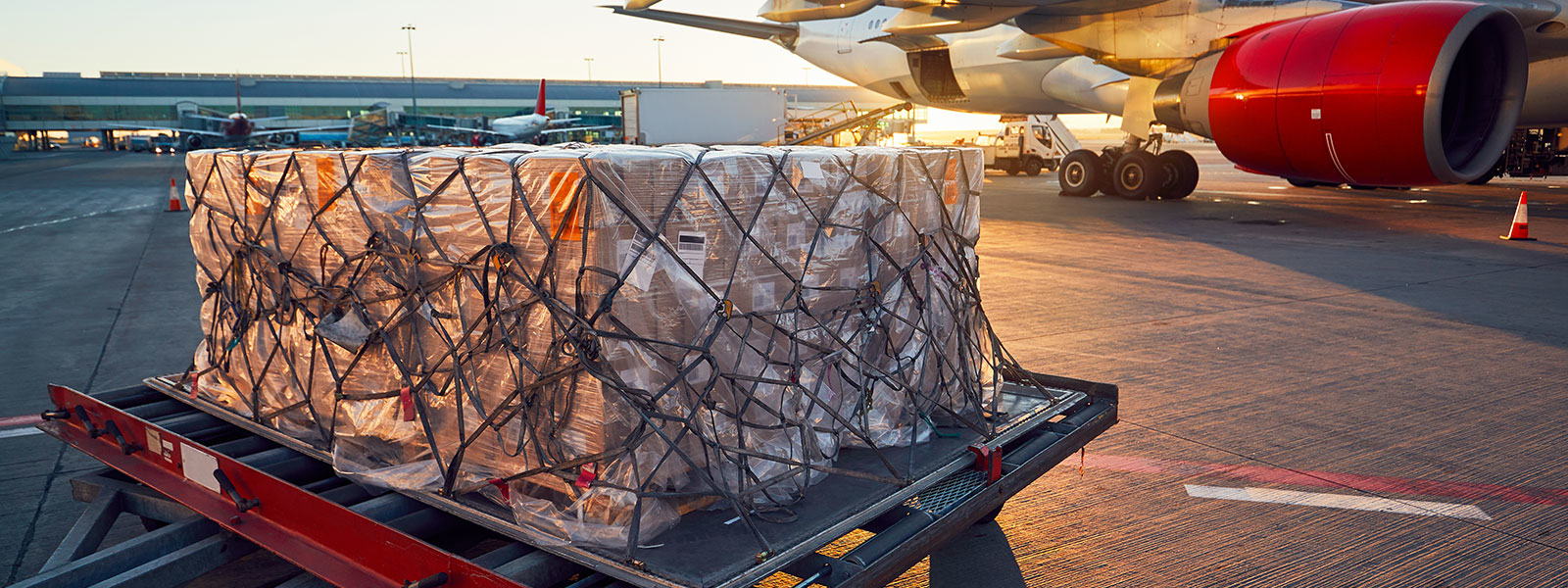Overall investment outlook for global aviation finance
Aviation sector executives expect to maintain or increase investment in 2022, despite continuing headwinds caused by COVID-19 and concerns about the global economy

The past two years has been a period of intense turbulence for the aviation sector, with a number of bankruptcies, bailouts and collapsing revenues brought about by the coronavirus pandemic. The impact on airline receipts has been challenging. Indeed, the gap between projected and actual receipts suggests that airlines have lost passenger revenues worth nearly US$1 trillion as a result of the pandemic.
Rebuilding balance sheets and restoring passenger confidence is going to take time. Uncertainties lie ahead, and (as the rapid spread of COVID-19 variants remind us) there is no room for complacency.
Yet as this survey shows, there are also tentative grounds for optimism.
First, airlines and lessors now have access to a wider range of funding opportunities than ever before. Innovative financing is the order of the day: In addition to traditional sources, such as banks, capital markets and export credit agencies, the aviation sector is increasingly tapping into funding from alternative capital providers, including private equity and hedge funds. High- net-worth individuals and family offices are now part of the mix as well, along with new capital market products, such as green bonds.
Second—and closely linked to the evolving financing environment—is the rising awareness of environmental, social and governance (ESG) considerations within aviation. Airlines and lessors—and the investors who back them—are making the first steps towards decarbonizing aviation with initiatives that span everything from the development of sustainable aviation fuel (SAF) to the first, albeit short-range, electric aircraft.
“Uncertainties lie ahead, and there is no room for complacency. Yet as this survey shows, there are also tentative grounds for optimism.”
This matters, because the future of aviation is as much a battle for hearts and minds as it is about technology. COVID-19 has turned many of us into teleworkers, while the rise of the "staycation" has reminded travelers of the good times they can have close to home. Winning back passengers—business travelers in particular—may not be easy. Against this background, travelers of all types are increasingly aware of the environmental impact of their journeys. Seen in this light, even small steps toward boosting the green credentials of airlines could make all the difference.
The aviation sector that emerges from the pandemic is likely to look very different from the one that went into it two years ago.
But it is also a sector that is likely to be more flexible, leaner, a little greener and—above all—better adapted to whatever the future has in store.
In the fourth quarter of 2021, White & Case, in partnership with Mergermarket, surveyed 100 senior-level executives at entities that have either financed or invested in the aviation industry in the past three years. The aim of the survey was to analyze sentiment regarding aviation finance. Organizations surveyed included airlines, operating lessors, banks, export credit agencies, private equity and other alternative capital providers. Job titles included CEO, CFO, director level and heads of investment.
Aviation sector executives expect to maintain or increase investment in 2022, despite continuing headwinds caused by COVID-19 and concerns about the global economy

Our survey shows that a majority of respondents expect funding to increase in 2022—and from a wide range of sources

Capital and liquidity remain a primary preoccupation for the aviation sector

Respondents see COVID-related disruptions, economic contraction and geopolitical instability as the top challenges for the aviation sector in the coming year. But growth is expected, notably in Asia-Pacific and Australasia

Flexibility in the ascendant aircraft leasing sector

Key takeaways from our survey and what they could mean for the aviation industry


Our survey shows that a majority of respondents expect funding to increase in 2022—and from a wide range of sources
Asset-backed securitization (ABS) is the funding mechanism that most respondents expect will increase in 2022, as players look to tap the value tied up in their aircraft and aero engines. ABS is a popular choice for EMEA-based respondents, with 91 percent expecting asset-backed securitization to increase and none expecting it to decrease.
Slightly fewer respondents expect commercial bank lending to rise in 2022. Indeed, 10 percent of EMEA-based respondents expect it to decrease. With the exception of top-tier credits, commercial banks have become notably more cautious about lending to the aviation sector since the onset of the pandemic. "Funding for projects has been withdrawn by banks because of the insolvencies that have been reported in the past couple of years," notes a managing director at a US-based private equity fund.
COVID-related contraction is not the only factor causing banks to think twice about backing aviation. The managing director of an EMEA-based bank says: "Investing in global markets is quite risky. There are many geopoliticalensions between countries and this could affect the profits of each sector differently. We are investing in assets that we can exit from within a shorter timeframe."
91%
of EMEA-based respondents
expect asset-backed securitization to increase
The respondents most likely to point to an increase in commercial bank lending are those based in North America (88 percent) and in APAC (87 percent), where regional banks have a strong track record of financing aviation in their domestic markets. Export credit agency (ECA) financing—a vital prop for the aviation sector when times are hard—is expected to increase by 84 percent of EMEA-based respondents, but only 68 percent of those based in North America.
Funding from alternative capital providers (non-bank lenders, including private equity) is expected to rise by 78 percent of North American respondents and 77 percent of APAC-based respondents. Meanwhile, capital market funding is generally expected to grow less strongly than other sources in 2022. This view is most notable among EMEA-based respondents, only 50 percent of whom expect capital market funding to rise—the lowest proportion for any geography and for any funding source.
Diverse funding sources have so far played a big part in helping the aviation sector to weather the COVID-19 crisis.
But what if access to debt and equity markets were to narrow?
Diverse funding sources have played a big part so far in helping the aviation sector to weather the COVID crisis.
EMEA respondents most commonly say they would be most likely to replace capital market funding with loans from financial institutions (53 percent), followed by sale and leaseback financing, and loans from alternative capital providers. Private equity is increasingly active in this sphere. "Capital into new European markets has proved to be favorable, and we want to source new opportunities in 2022," says a partner in an EMEA-based private equity firm.
Half of APAC respondents also expect they would look to loans from alternative capital providers, but they also see financing supported by ECAs as a likely avenue (47 percent). The latter of these options is the most popular route selected by a majority of North American respondents (52 percent). Meanwhile, EMEA respondents are more likely than either APAC or North America–based respondents to look to JOLCO (Japanese operating leases with call option) transactions, which give lessees the option to buy the aircraft either during the lease or at its end.
Unsecured funding is another avenue that most respondents are exploring. Globally, 84 percent of respondents plan to seek unsecured funding over the next 12 to 18 months. Delving into the data, EMEA respondents are the most likely to tap into unsecured funding, with 88 percent of respondents looking to seek unsecured sources of funding, including 56 percent looking to make use of both unsecured debt and unsecured equity.
The aviation sector is also increasingly using new types of collateral to unlock funding. A majority of respondents say they will seek or provide financing secured by miles programs or slots/gates and routes in the coming 12 to 18 months. Banks and export credit agencies were most likely to do so, with 100 percent of those surveyed from both categories responding that they were planning to seek or provide financing using either or both options. Financing secured by slots/gates or routes was especially popular with private equity funds and other alternative capital providers—50 percent planned to engage in this type of financing in the next 12 to 18 months, with an additional 40 percent planning to engage in financing secured by both miles programs and slots/gates or routes.
White & Case means the international legal practice comprising White & Case LLP, a New York State registered limited liability partnership, White & Case LLP, a limited liability partnership incorporated under English law and all other affiliated partnerships, companies and entities.
This article is prepared for the general information of interested persons. It is not, and does not attempt to be, comprehensive in nature. Due to the general nature of its content, it should not be regarded as legal advice.
© 2022 White & Case LLP